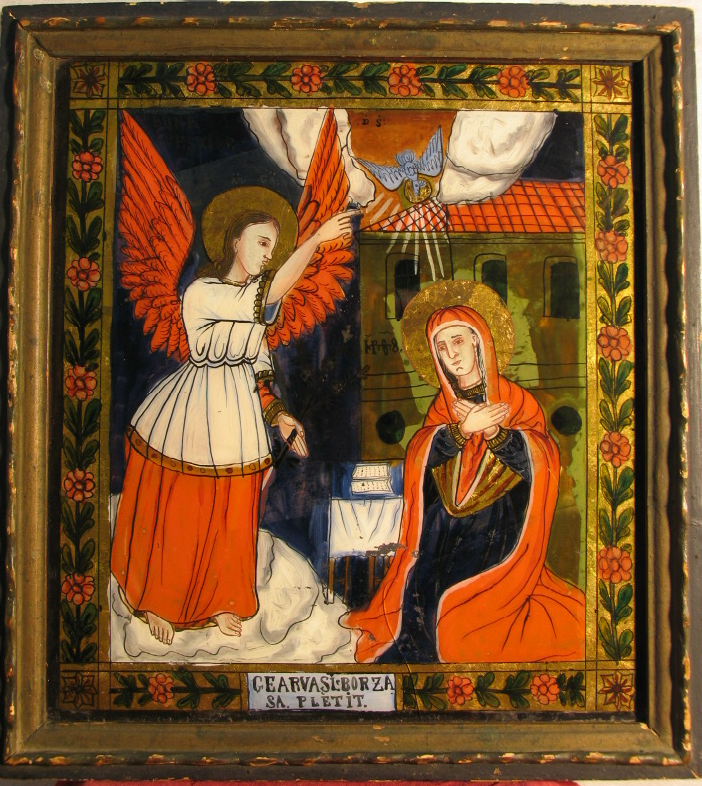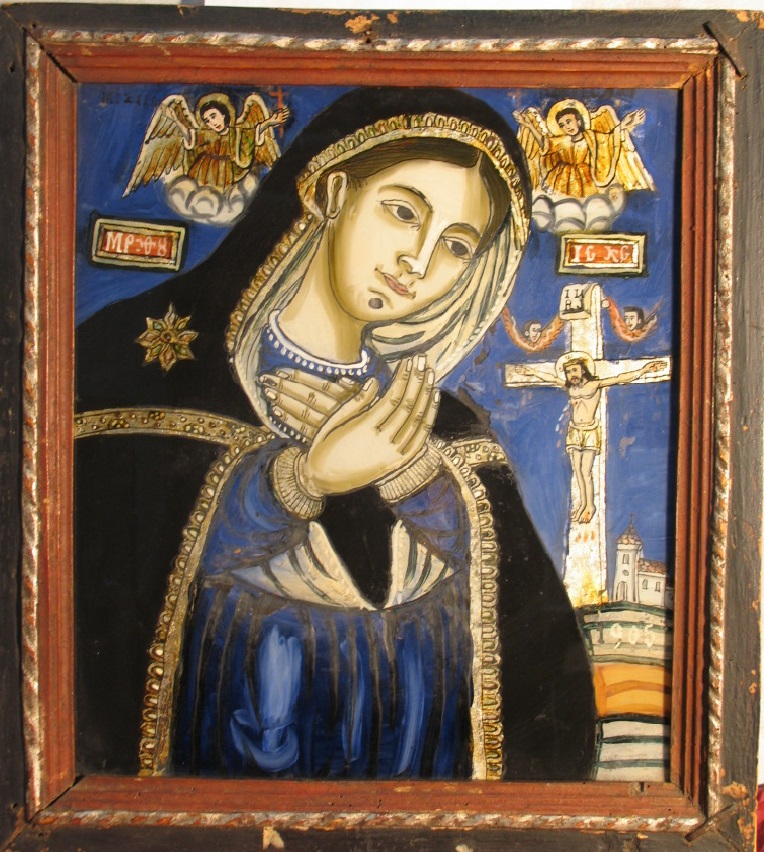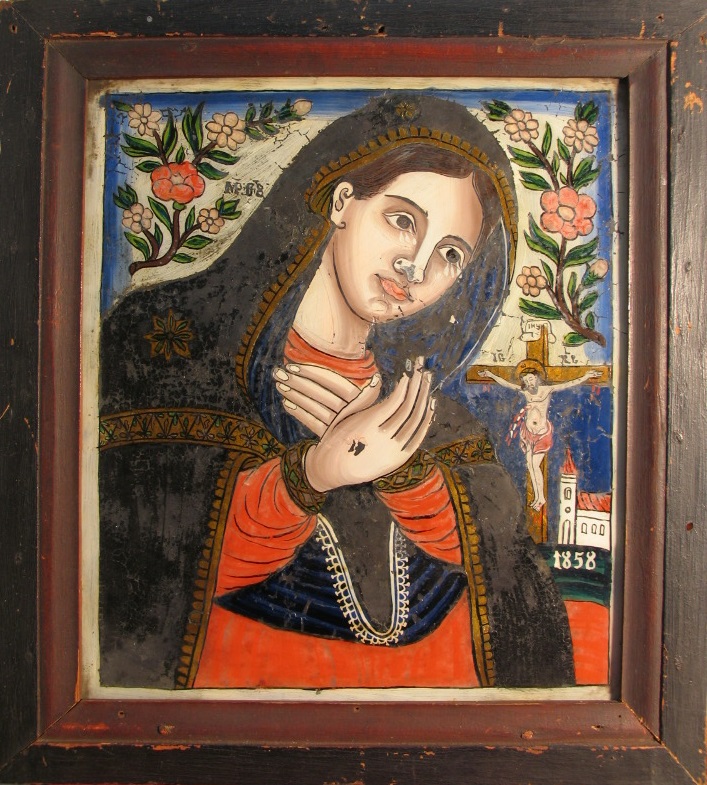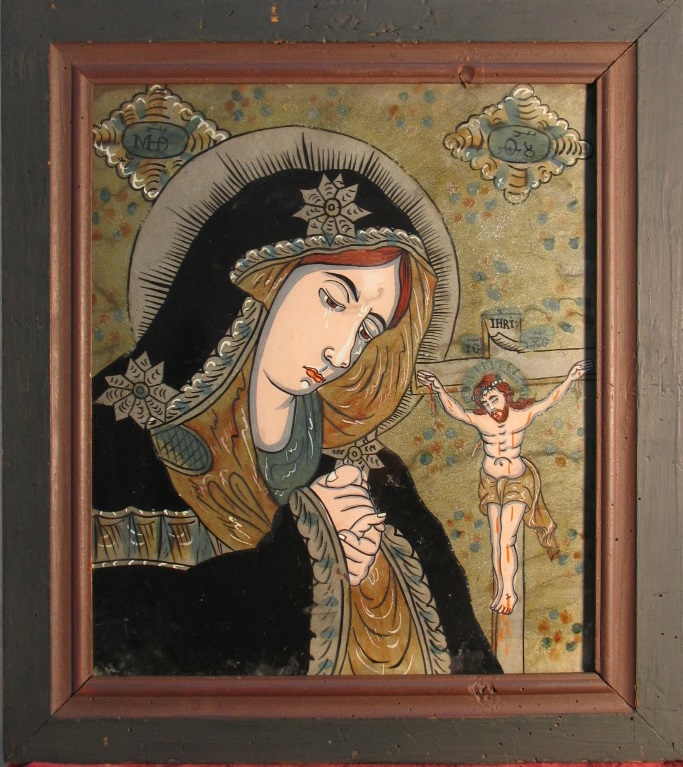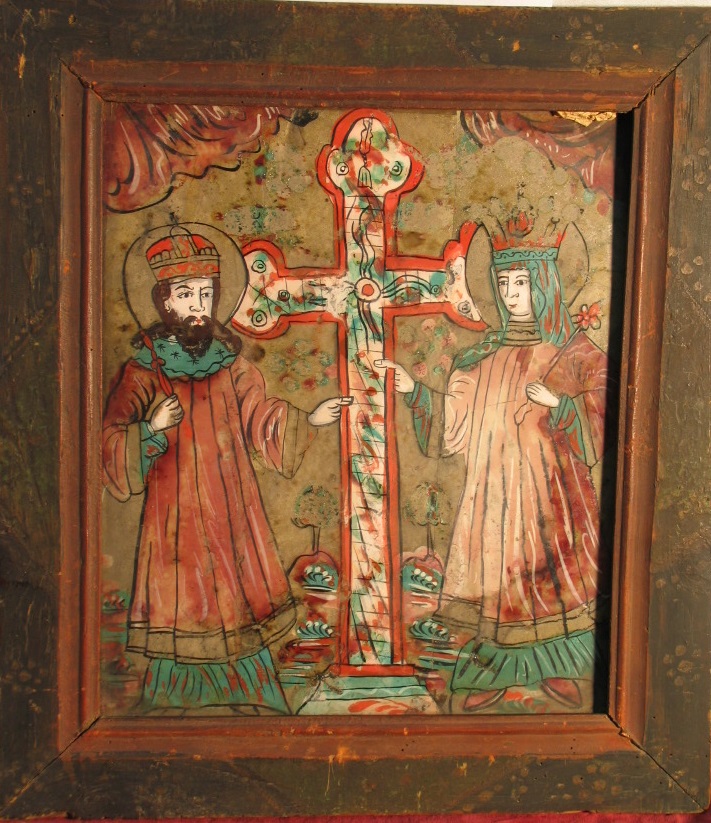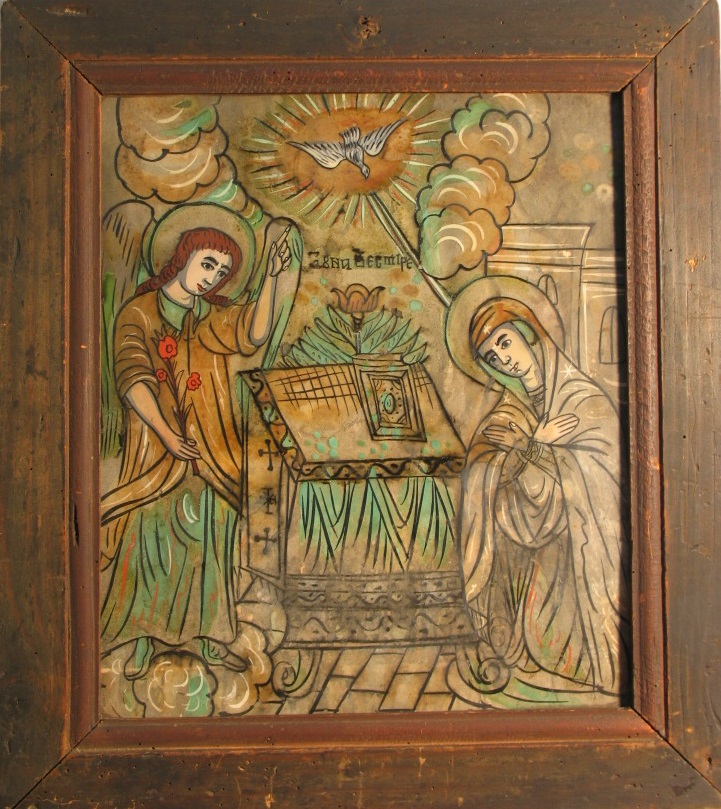- Project promoter: Transylvanian Museum of Ethnography
- Project partner: Technical University of Cluj-Napoca (Romania), NUDA AS (Norway)
- Project value: 618,160 Lei (129,265.59 Eur)
- Grant value (85% Grant SEE and 15% national budget): 618,160 Lei (129,265.59 Eur)
- Duration: 24 months
- Location for project implementation: Cluj-Napoca (Romania), Bergen (Norway)
The Transylvanian Museum of Ethnography (TME) has a heritage of over 100,000 pieces grouped in collections. Between the collections of the institution, a collection of icons on glass is an important place. This collection, comprising over 550 representative pieces for all traditional glass painting schools in Romania. Of these, more than 60 pieces are attributed to the traditional painting schools located on the Sebeş Valley.
This project aims to optimize the valorisation grade of glass icons from this area by using innovative virtual reality techniques to fully explore the painting, to make virtual exhibitions, virtual restoration, and use of playful applications. The specific objectives of the project are: to document, using virtual reality techniques, the glass icons from the Sebeş valley and to present them in an innovative exhibition that will be organized in the Pavilion of the Museum (Reduta Palace) with the possibility of itinering it in other suitable exhibition spaces; restoration and conservation for the display of 66 icons on glass; dissemination of project results.
The project has a strong innovative character through the use of digital technology in documenting and promoting some eminently traditional elements such as peasant icons, reference elements for Romania’s cultural patrimony. The images produced by the project will have a high level of detail, corresponding to the growing audience requirements of virtual exhibitions, and will at the same time ensure the high degree of interactivity through the acquired applications and technologies. The expected direct results of the project are: restoration and preservation for display the 66 glass icons, the realization of an innovative exhibition using the techniques of virtual reality of the TME patrimony with attractive and interactive technical means. In the medium and long term, the project will be developed by extending the documentation and presentation through the virtual reality techniques of other glass peasant schools in Transylvania, represented in TME collections, contributing to the sustainable valorisation of cultural heritage and the development of cultural tourism. Indirect results are: attracting more young people to the museum, increasing visitors’ satisfaction by using virtual reality techniques and digitized artifacts, adopting by the TME the latest generation of multimedia technologies for exposure to cultural heritage.
The partnership with the Nordic Design Association continues and expands through the UTCN consortium co-opment, the NDA will prepare a replication and development plan for the exhibition so that it can be extended to TME or applied to other interested museums.
